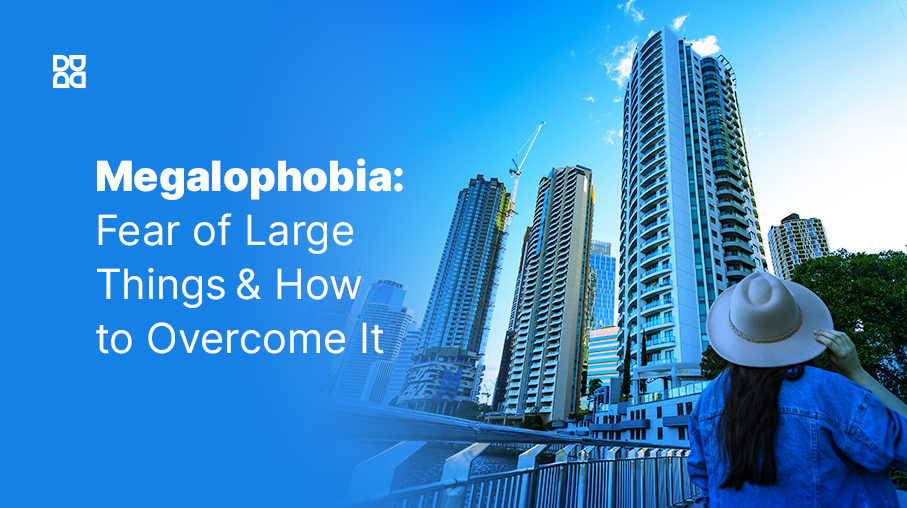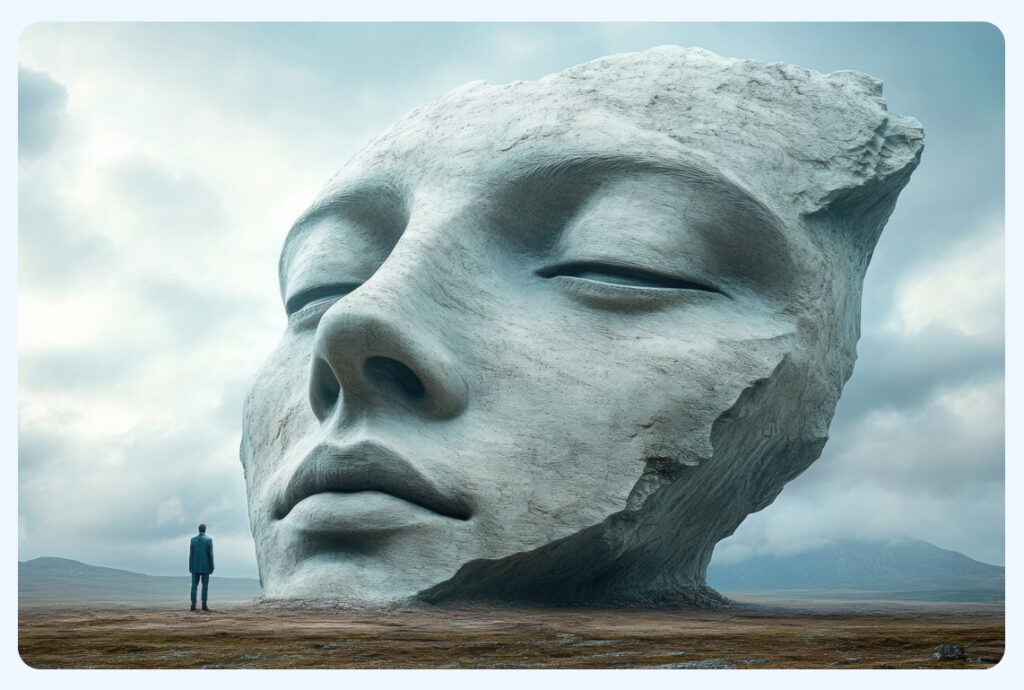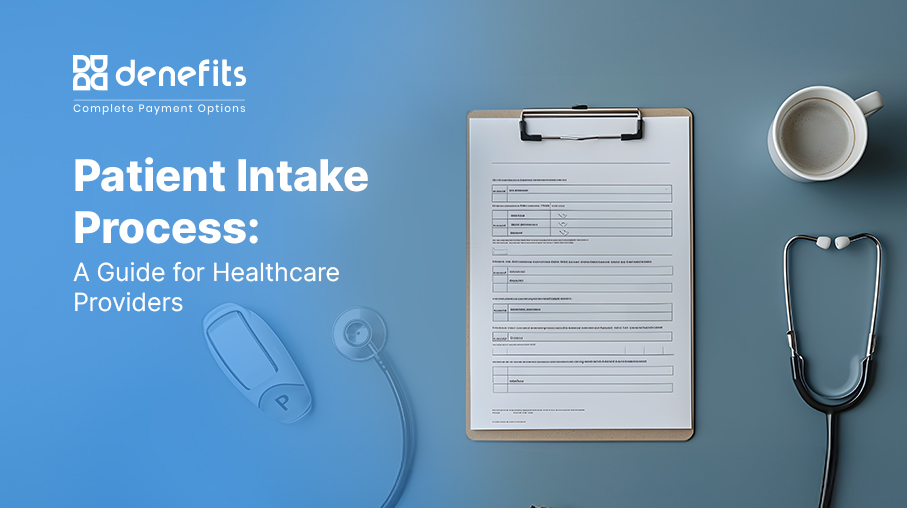
Feeling intense fear and anxiety near large objects or things are alarming indicators that you might have Megalophobia. You may have this specific phobia because of traumatic experiences or some other unknown reasons.
Whatever might be the reason, this phobia can disrupt your daily life and make things tough for you. In this blog, you will deeply understand what megalophobia is, its causes, and possible symptoms. You’ll also learn about treatment options, self-care, and more.
Megalophobia Meaning: What Do We Know
A type of anxiety disorder, megalophobia, is related to an overwhelming fear of large objects. This phobia is different from your rational fears as it can interfere with your everyday life. It can lead you to avoid being in a place where you might have to be near large things. In some cases, even the thought of big objects can make you anxious.
Here are some large objects that can trigger your megalophobia:
- Large vehicles: Trains, lorries, buses, ships
- Tall buildings: Hospitals, malls, skyscrapers
- Big animals: Giraffes, whales, elephants
- Giant statues: Monuments, art installations
- Vast spaces: Stadiums, theaters or auditoriums
Quick Insights:
Megalophobia can affect anyone, but the chances of its development in children are higher. Also, most people don’t seek treatment for specific phobias, even though they are common mental health conditions.
Megalophobia Pictures: Trigger Warning
These images can make you anxious if you have megalophobia:
1. Skyscrapers
A traumatic event involving big buildings like skyscrapers can create fear of large things.

2. Big Statues
The huge size of normal things like big statues of humans or animals can trigger your megalophobia.

3. Stadiums
Big stadiums or auditoriums can trigger your phobia of being in larger spaces.

Fear of Big Things Causes: Where It Comes From
Researchers don’t know the exact cause of megalophobia as of now. However, they think that negative and traumatic event experiences involving large things can cause fear of big things.
► Genetics and Learned Behaviors
There are possibilities that you might inherit specific phobias. If someone in your family has anxiety disorders or phobias, then the chances of you inheriting one are high.
If you have seen extreme panic and discomfort in your guardian or caretaker, then it can have a negative impact on your psychology. Witnessing fear of big things in your caregivers, parents, and grandparents can be the cause of specific phobias.
► Brain Functioning
Some people are more sensitive to fear and their amygdala functioning is different. This sensitivity can elevate intensity of fears and might turn them into phobias. For instance, many people have fear of heights but it doesn’t stop them from visiting skyscrapers or hiking mountains. However, if you have a phobia of heights or big things then you might avoid being in such places.
► Traumatic Experiences
Experiencing traumatic events can induce the development of specific phobias. For instance, if you have experienced a freighting event involving a giant object in your childhood like falling off a big boat or a lorry crushing a car in a road accident. These events can haunt you while interacting with large boats or lorry trucks.
| Megalophobia Triggers | ► Seeing or sensing the feared big object ► Thinking about the big things ► Things that might be related to giant objects ► Plans involving being in large spaces or feared things |
Fear of Large Things: Factors Adding to Megalophobia
Here are a few leading factors that can contribute to megalophobia development:
➡️ Elevated Fears
Most of us experience some kind of fear, and it is normal to have a few. You can feel overwhelmed or threatened by looking at large objects. Normal people can easily overcome this fear or exaggerated feeling. However, if you have megalophobia, then this overwhelming experience can turn into severe fear.
➡️ Unusual Large Figures
Abnormal or unusual size is connected with the fear of large objects. Often, small things appearing big might make you feel weird or create a sense of fear. For instance, human sculptures and small animals or insects in huge sizes may appear overwhelming or fascinating to normal people. However, this won’t be the case if you have megalophobia. The abnormal size can cause anxiety and fear.
➡️ Stories and Myths
Stories and myths can cause fear of large things. The most common fear that you can develop because of stories and myths is of large size animals. Movies, mythologies, and lore can make you believe in non-existent things.
For example, a huge spider’s nest in the wilderness can be frightening. This idea is widely spread by movies. Another mythical example is a giant octopus or a squid that can destroy ships.
Myths and stories often portray animals as killers or destroyers, and it can contribute to your phobia of big things.
Symptoms of Megalogphobia: Signs Reflecting Fear of Giant Things
Most people avoid being in a place that might scare them. If you have megalophobia, then you might try to avoid visiting sights with larger objects. Here are a few symptoms that you might feel near large things:
- You may experience intense anxiety and fear that can lead to abnormal or rapid heartbeat.
- You can also feel shortness of breath followed by dizziness and lightheadedness.
- Feeling nauseated near large objects is another sign of megalophobia.
- You may want to escape the situation to feel better, which is a common response against most fear.
Note:
Research on specific phobias like Megalophobia is limited. These symptoms do not necessarily mean that you have megalophobia. You can consult a medical professional for phobia identification.
Megalophobia Test and Diagnosis
When it comes to specific phobias like Megalophobia, there are no particular tests to diagnose. However, a medical professional can diagnose megalophobia through a series of elaborate questions. These questions help experts identify irrational and elevated fears that might be impacting your daily life.
If you experience symptoms of megalophobia for six months or more, then a medical professional can begin diagnosis following the Diagnostic and Statistical Manual of Mental Disorders (DSM-5).
Here are the diagnosis criteria:
- If you are feeling intense fear or anxiety while facing larger objects for a prolonged time.
- The symptoms of megalophobia make your daily life tough, impacting social and professional aspects.
- Your level of anxiety and fear is unreasonable compared to normal levels.
- If your symptoms are not similar to other mental conditions or disorders like schizophrenia, post-traumatic stress disorder, or obsessive-compulsive disorder.
- Healthcare professionals can ask questions based on this criterion and your experiences and symptoms related to fear of large things.
Megalophobia Treatments: What’s the Cure
Many people choose to live with specific phobias without looking for any treatment. You should understand that avoiding trigger stimuli and isolating yourself is not a solution for megalophobia. Without proper treatment, your condition can become more severe. That’s why you should seek professional help as soon as possible.
➡️ Therapy
There is no specific treatment for phobias, but different types of therapies can help you deal with your excessive fears.
► Cognitive Behavioral Therapy: CBT therapy can help you tolerate negative emotions and reduce your anxiety related to excessive fear. Therapists can also teach you how to cope with situations where you start to panic near larger objects. This therapy focuses on altering your emotional responses and behaviors linked to fears.
► Exposure Therapy: if you have megalophobia, then chances are that you will avoid being around large things. That’s why therapists use exposure therapy and slowly encourage you to interact with things that cause anxiety.
Now, this interaction can be conversational or physical–a therapist may talk or show you pictures of large objects. Eventually, the therapist can take you near big things in person. This therapy is slow, and you need to be patient for better results.
► Virtual Reality Therapy: You can try taking virtual reality therapy sessions to overcome your intense fear of large objects. A therapist can provide a safe exposure to fearful things with virtual therapy. It can help you desensitize your psychology related to big things. The objective of this therapy is to prepare you for real exposure and increase your trigger tolerance.
➡️ Medication
There is no specific medication for megalophobia or any other unique phobias. However, medical professionals can prescribe medication to reduce excessive fear and anxiety. This medication might help you receive better therapy treatment.
Things You Need to Take Care Of: Megalophobia Self-Care
Self-care is important if you have megalophobia. It can help you reduce the overwhelming impact of anxiety and improve general health.
- Share Your Experiences: You should talk to other people about your specific phobia. It can improve your social interaction and improve your thought process.
- Exercise and Meditation: Consistent exercise and meditation can be your allies in the fight against unreasonable fear, anxiety, and panic attacks. It can also help elevate your physical strength and refresh your mood.
- Try Joining a Support Group: Talking to people with similar experiences and phobias is vital. You can join a support group that gives you an opportunity to speak about your difficulties and experiences. It can help you reduce the negative aspects of your phobia.
- Maintain a Good Lifestyle: You should focus on your overall well-being. Eat healthy, get adequate sleep hours, regular exercise, and more. A good lifestyle can be your key to beat megalophobia.
Manage Your Medical Expenses
Therapy sessions can help reduce the intensity of your phobias and provide promising results in the long run. You might have to take these sessions for months or even years to keep your phobia under control. If you choose traditional therapy sessions, then they might cost you $100 to $200. Also, virtual or online sessions might cost $70 to $110.
These sessions can leave you with a list of multiple bills that might disrupt your finances. That’s why choosing a therapist who might provide flexible payment plans using platforms like Denefits can be beneficial. You can ask your therapist about the possibilities of flexible payments. Even if you don’t get a desired payment solution, it is best to inquire about your options.
Conclusion: Medical Help is Your Solution!
Many people around the globe have unique phobias, and megalophobia is one of them. If you seek professional treatment, then its negative impact on your life can be altered. Therapy sessions can make your life easy and alleviate intense fear and anxiety related to large things.
Also, if your therapist provides flexible payment plans using platforms like Denefits, then it can be easier for you to manage your therapy expenses. Remember, early intervention can be more effective and less costly. So seek medical assistance now!



